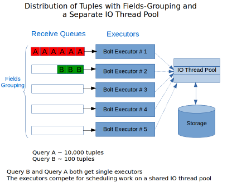Reaction: BGP convergence, divergence & the ‘net

Let’s have a little talk about BGP convergence.
Geoff Huston’s recent article on the reality of Internet connectivity—no, everyone cannot connect to everyone—prompted a range of reactions from various folks I know.
For instance, BGP is broken! After all, any routing protocol that can’t provide basic reachability to every attached destination must be broken, right? The problem with this statement is it assumes BGP is, at core, a routing protocol. To set the record straight, BGP is not, at heart, a routing protocol in the traditional sense of the term. BGP is a system used to describe bilateral peering arrangements between independent parties in a way that provides loop free reachability information. The primary focus of BGP is not loop free reachability, but policy.
After all, BGP convergence is a big deal, right? Part of the problem here is that we use BGP as a routing protocol in some situations (for instance, on data center fabrics), so we have a hard time adjusting our thinking Continue reading

